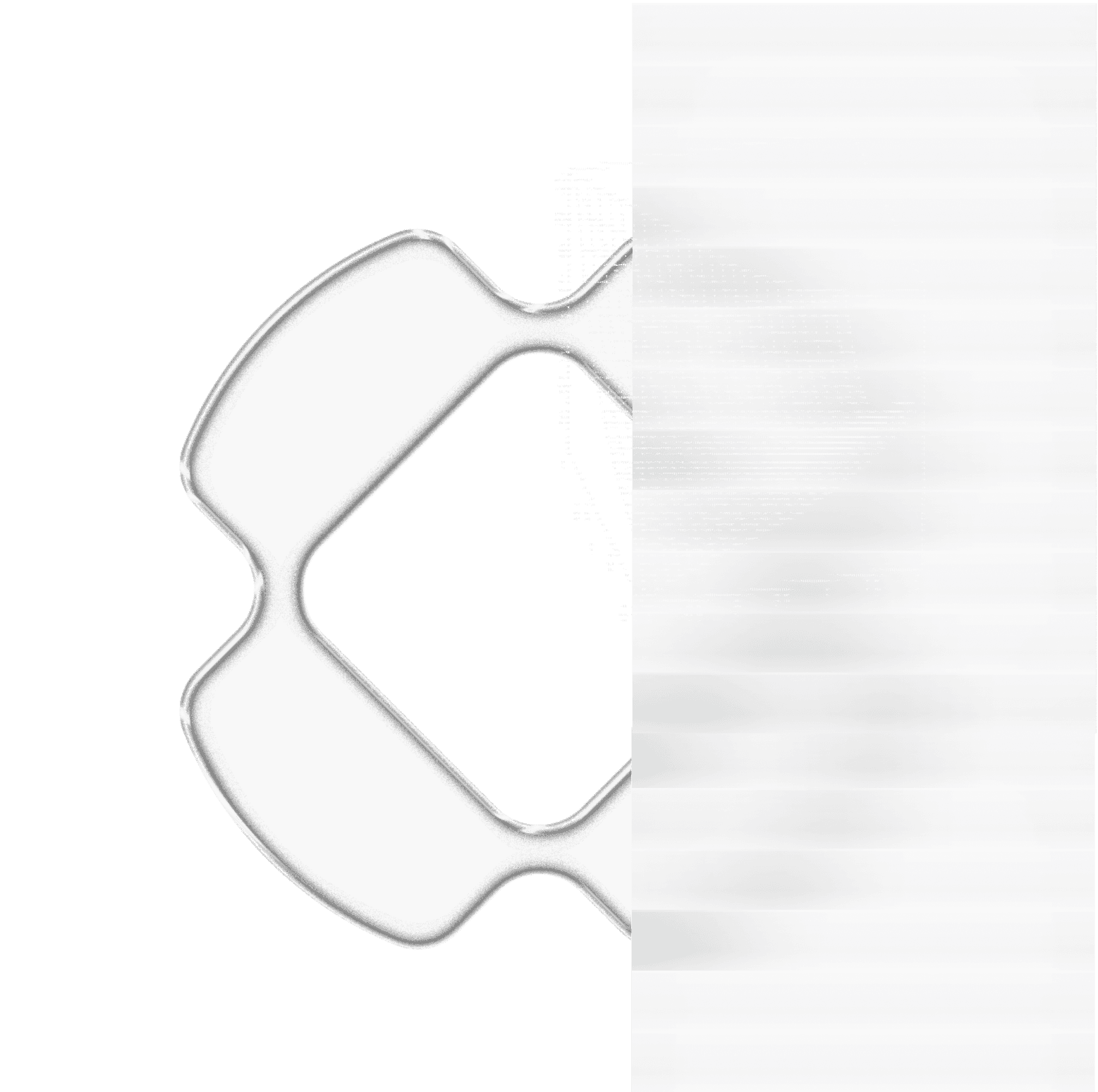"As a B2B startup striving for product-market fit, we've been showcasing our solutions to potential clients and investors. The swift redesign of our platform and general product advice has led to new business and helped us secure a subsequent funding round."
How we helped an enterprise unicorn scale to $160M ARR
A leading global fintech platform needed to modernize their entire product experience. Our goal was to help them win more demos, accelerate adoption, and ship faster. We helped them accelerate releases, boost adoption, and strengthen their competitive edge - directly contributing to their growth past $160M ARR.

The Client
An enterprise technology provider in the finance space serving Tier-1 banks and large fintechs across regions. Their portfolio spans analyst consoles, operations tools, and customer-facing modules that help institutions understand user behavior and reduce digital fraud risk across web and mobile channels.
The Problem
The client has multiple products that are separate from one another and didn’t share the same style. Each product had a different style, there was no consistency, design was not scalable and there were no systems in place to make it so. The client wanted redesigns of all of their products as well as a strong foundation built by us from scratch to support their whole company.
Scale & constraints: Multi-product, multi-brand environment with strict security, audit, and accessibility requirements; diverse deployment models and regional market needs.
Stakeholders: Product, engineering, risk operations, data science, and solutions teams collaborating across time zones.
Design context: High data density, complex workflows, and deep edge-case handling—demanding consistent patterns, enterprise-grade theming, and tight design-to-dev alignment.
The Solution
We've crafted a flexible, adaptable design system that transcends platforms and can be easily themed. Consisting of thousands of distinct and interconnected elements, this Design System empowers our clients to effortlessly produce prototypes, even without our direct involvement.
By tokenising the whole Design System with Token Studio plugin and syncing it with Github and other dev tools like Storybook, we could make sure the consistency between design and code is there. With the help of design tokens the client’s design system can be themed easily based on which brand the components are for.
For a deeper insight into our approach to design tokens, read our article here. And for a detailed view of the common elements in our design systems, check out this article here.
The Results
All of the products have been redesigned and share the same brand style and identity. Every developer team can consume very detailed design system components to deliver products more quickly.
Actual results, as reported by the client:
Customer Experience:
- Noticeable lift in engagement and excitement during platform use and demos
- Higher user satisfaction, better feedback on clarity and polish
Faster onboarding and quicker feature adoption across accounts
Business Outcomes:
- Fewer usability-related support tickets
- Increased feature discovery and broader platform usage
- Stronger competitive positioning and improved brand perception among B2B clients
Operational Efficiency:
- Streamlined design-to-dev workflows; tighter reuse
- Greater consistency across all product touchpoints
- Faster time-to-market for new features; higher team productivity & collaboration









The foundations - Tokens
In our quest for consistency and seamless design-to-code transition, design tokens play a pivotal role. These are the basic atoms of a design system, representing the values for a design attribute in a semantic and platform-agnostic way. They can include anything from colors, typography, spacing, to animation timings, and more.
They are small, individual pieces of design information used to define and communicate the style properties of a design system. More about design tokens here.
For us, Design Systems and Desing Tokens go hand in hand - when we're creating components, we rely on design tokens to make sure our designs are consistent, and create new tokens once there's a need. The time cost is significant, but the benefits are at least 10 times bigger than the initial investment.


Clear documentation and super-easy handoff
We go the extra mile to ensure that the handoff process of our SaaS product designs and design systems is as smooth as possible, and we take it upon ourselves to ensure that our designs are easy to understand and implement. Handoff for us consists of quite a few steps, but some of the main ones are:
- Clear and detailed documentation of every component within the Design System
- Connection of this Design System with Documentation platforms such as Zeroheight, Storybook, etc
- Transformation of Design Tokens into CSS, CS and other files via Style Dictionary for consistent design implementation for development teams. This includes constant synchronisation every time we make a change to a component or style in Figma.
- For more information about our handoff process feel free to read our article here.

Next project

